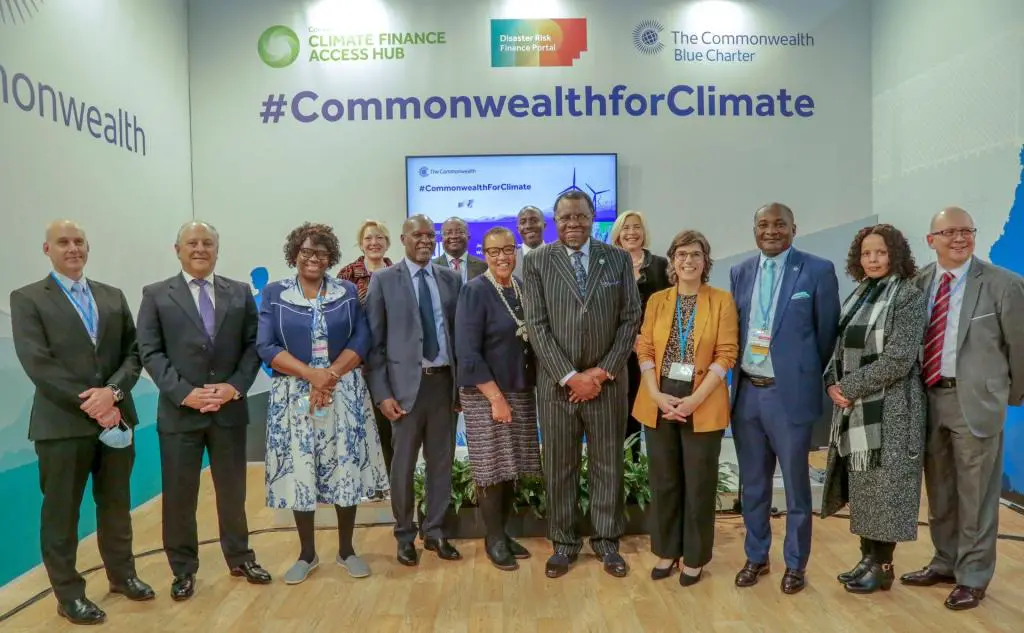An increasing number of investors across the globe are angling for a pie of Africa's $1 trillion hydrogen supply potential. By 2050, analysts project that green hydrogen could increase the GDP of six African countries including Egypt, Namibia, Mauritania, Morocco, and South Africa by $126 billion. In 2021, the government of Namibia announced the rollout
[elementor-template id="94265"]
